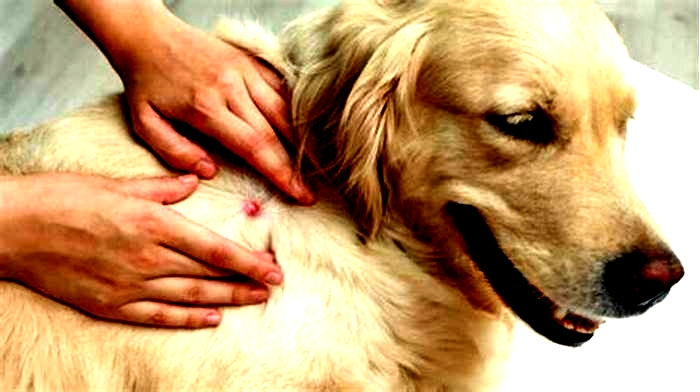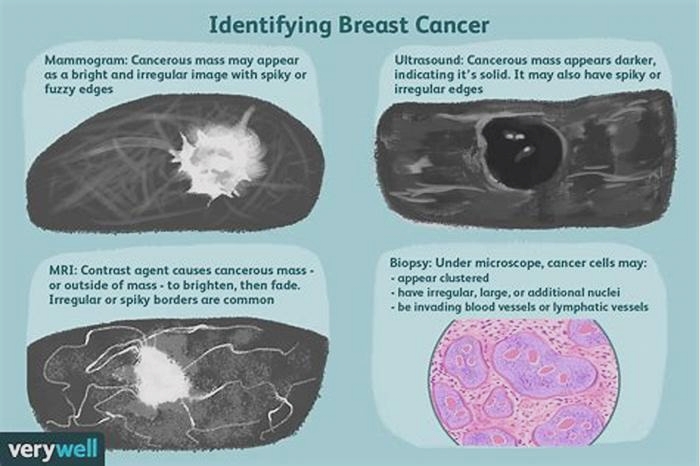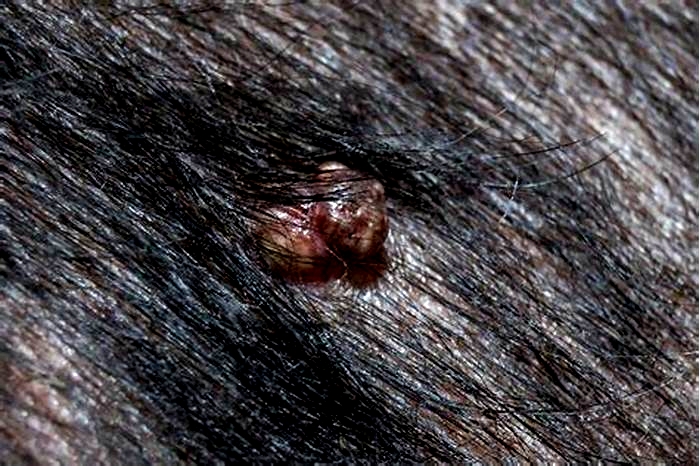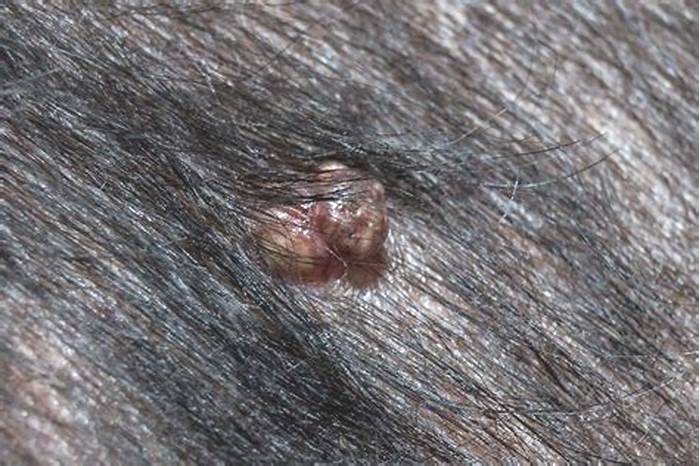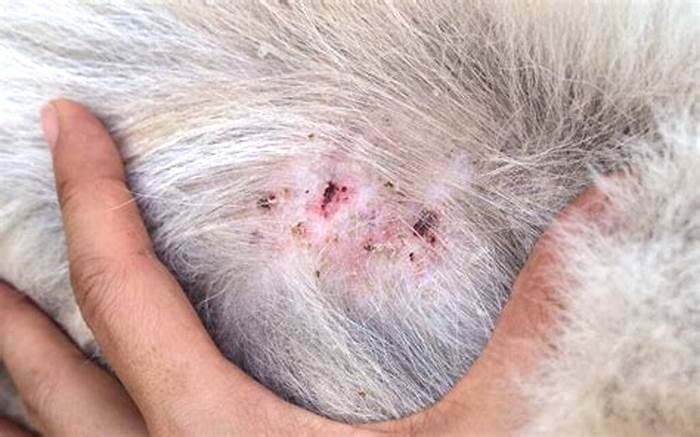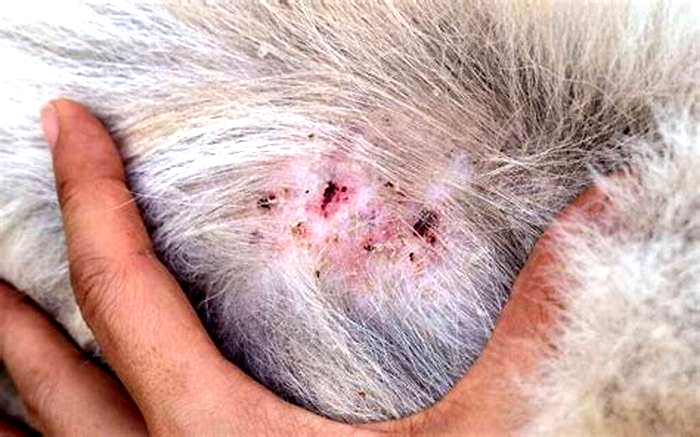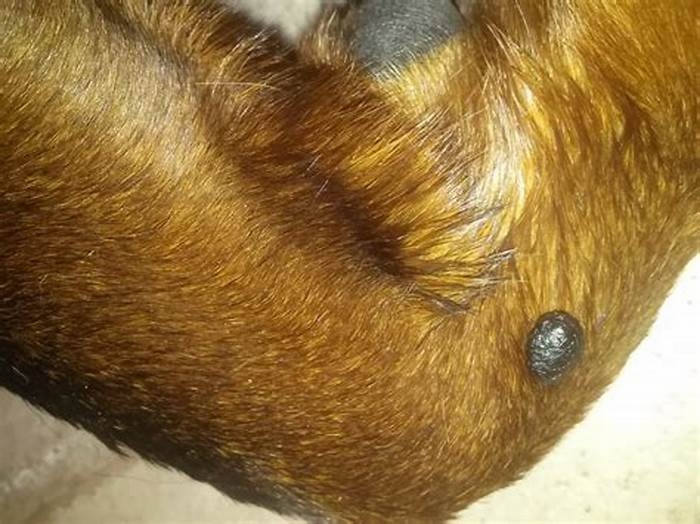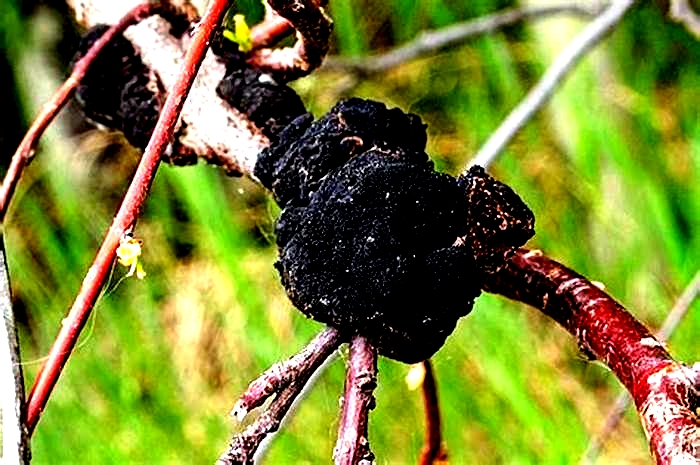What does a black lump mean
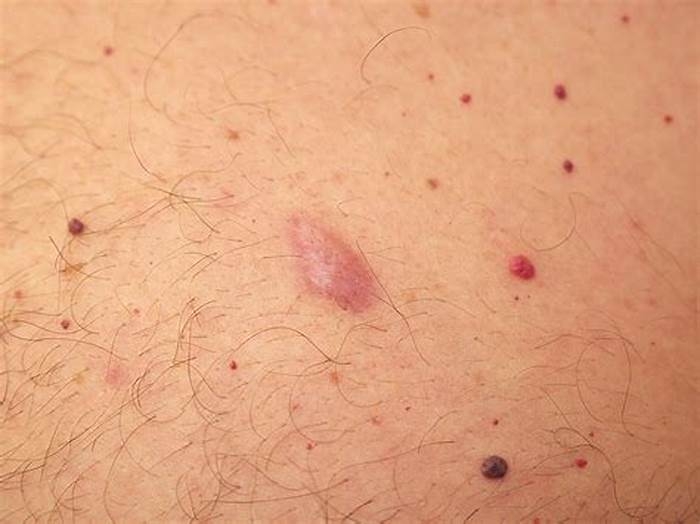
What Does a Black Lump on a Dogs Skin Mean?
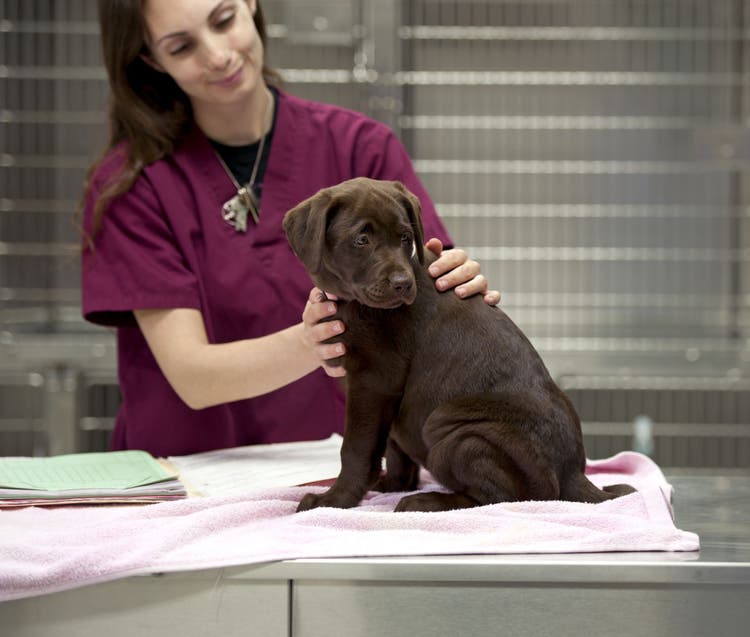
What Does a Black Lump on a Dogs Skin Mean?
Pigmented lumps or black lumps on dog skin can cause pet parents to panic. The concern often stems from how human medicine has educated us about the dangers of skin cancer. This is correct since, just as with people, dogs can also get skin cancer.
The most dangerous cause of a pigmented lump or bump on the skin is melanoma. First, lets look at all the possible causes of black lumps in dogs and then we will offer additional information about melanomas.
Causes of Pigmented or Black Lumps on Dogs
There are many possible causes for pigmented or black lumps on dogs. They include:
- Ticks A tick can be confused with a pigmented lump or black bump. Ticks are irritating arthropods that prey on dogs and attach themselves to the skin as they take their blood meals. Veterinarians commonly remove ticks from dogs that were mistaken for small-pigmented skin lumps. Learn more about how to remove a tick from a dog.
- Scabs A scab is a rough, dry crust that forms as a protective barrier over a healing cut, laceration, puncture, or wound. Scabs can be large or small and are often pigmented. Clipping the hair and careful close examination can usually reveal that a pigmentation is a scab and not a tumor.
- Foreign bodies Something caught in the hair next to the skin can be mistaken for a pigmented lump. For example, this can be dried chewing gum, food, or a plant burr.
- Insect bites A bite, such as one from a wasp, bee, or spider can cause local skin inflammation that appears as a pigmented bump.
- Punctures A puncture can appear as a black bump in dogs. Punctures can occur from trauma or from a bite wound from another animal.
- Abscesses An abscess is a localized pocket of infection that contains pus. The skin over the abscess is generally abnormal in color, and can range from red to bruised/black. Punctures or bites can turn into abscesses. Clipping and cleaning the area will often reveal if an abscess is the underlying cause of the skin pigmentation.
- Warts Canine viral papilloma, also known as dog warts, are one of the most common causes of small lumps in dogs. They are generally raised and look like small pale cauliflower bumps. Most warts are pale in color although, when infected or traumatized, many will appear dark from the inflammation or blood. Some dogs will also lick these lesions, which causes additional pigmentation to the wart and the hair around it. This is most noticeable in white- or light-haired dogs. These benign masses are generally not a concern, but can break open, become nicked during grooming, or become infected. For these reasons, some dog warts are surgically removed. Surgical removal can be curative, though more warts may form elsewhere on the body.
- Histiocytomas A histiocytoma is a small, raised lump that primarily occurs on young dogs under three years of age. They most often occur on the face and legs. Some dogs will lick at histiocytomas, which can cause a pigmented appearance. Histiocytomas can be diagnosed by microscopic examination of a sample of the lump. They are benign and often spontaneously resolve.
- Blisters A blister is a small fluid-filled bubble on the skin most often caused by friction, burning, or other damage. They can appear as pink raised lesions or have pigmentation if there is blood inside the lesion.
- Cysts A sebaceous cyst is a small sac containing an accumulation of secretions produced by the sebaceous glands. These can appear as small bumps and are considered benign, but may become open and infected. They can be red or appear pigmented. Most sebaceous cysts do not require treatment.
- Hematoma A hematoma is a bruise that can be blue to black in color. Most often this is associated with some trauma, such as being hit by a car or other wound. Bruising can also occur from abnormal bleeding disorders. Learn more about bruising and bleeding in dogs.
- Mast cell tumors (MCT) Mast cell tumors account for approximately 20% of all skin tumors that occur in dogs. They are commonly lumps in or just under the skin. Some dogs can have multiple masses that occur at the same time. MCT can occur anywhere on the body. Some MCTs cause dogs to itch or lick, which can cause discoloration of the mass. Some dogs can have additional signs of illness such as weight loss, vomiting, and/or diarrhea from the compounds released by the tumor. It is important to diagnose this type of tumor early and have proper treatment.
- Malignant melanomas This is a type of skin cancer that affects pigmented cells known as melanocytes. Because the underlying cells are generated from pigment-producing cells, the masses are generally brown or black in color; however, some melanomas are unpigmented. Tumors from melanocytes occur anywhere on the body including areas in the mouth, mucous membranes, and nail beds. Many melanomas are known to grow quickly and can spread to organs such as the lymph nodes, liver, and/or lungs. It is important to diagnose this type of tumor as soon as possible. There are various treatment options available, including a DNA tumor vaccine.
How to Determine the Cause of a Black Lump on a Dog
If your dog has a pigmented lump, the best way to help determine the underlying cause is to professionally examine the lump. Your veterinarian may provide the following care during an appointment:
- A complete examination. A complete examination of your dog, looking at the eyes, ears, listening to the lungs and heart, feeling the lymph nodes, and feeling the abdomen to evaluate the size and shape of the kidneys, liver, spleen, bladder, and intestines.
- Examination of the black skin lump. Your vet will evaluate the skin mass noting the size, shape, depth, texture, location, and color. Shaving hair around that area will help evaluate the pigmented lump and surrounding skin. This may be best done with the help of your veterinarian.
- Provide recommendations. Based on the size, location of the mass, pigmentation, and suspicion that this lump could be cancerous, your vet will provide recommendations as to the best approach to determine the cause of the skin mass. They may recommend evaluating the mass with a fine needle aspirate, biopsy, or mass removal called lumpectomy. In order to definitively diagnose the lump, they will recommend sending a tissue sample to a laboratory for histopathology.
Treatment of Black Lumps on Dogs
Treatment recommendations will be determined by the underlying cause of the bump. An abscess may be drained, ticks may be removed, and skin infections may be treated with antibiotics. For pigmented skin masses that are determined to be skin cancer, recommendations will depend on the type of cancer. Possible treatments may include some combination of surgical removal of the pigmented bump, radiation therapy, and/or immunotherapy.
If you're concerned about costs related to the treatment of black lumps on your dog, pet insurance may be able to help. Click here to learn more.
We hope this article helps you better understand the causes of some pigmented lumps in dogs.
Additional Articles About Pigmented or Black Lumps on Dogs:
Suspicious breast lumps
Overview
A breast lump is a growth of tissue that forms in the breast. Most breast lumps are not irregular or cancerous. But it's key to have your healthcare professional check them promptly.
Products & Services
Symptoms
Breast tissue typically might feel lumpy or ropy. You also may have breast tenderness that comes and goes with your menstrual period.
If you have a health problem that affects your breasts, you might notice changes in how your breasts usually feel. These changes can include:
- A round, smooth and firm breast lump.
- A lump that feels firm and moves easily under the skin.
- A hard breast lump with irregular edges.
- An area of skin that has changed color.
- Skin dimpling like an orange.
- New changes in breast size or shape.
- Fluid leaking from the nipple.
When to see a doctor
Make an appointment to have a breast lump checked, especially if:
- The lump is new and feels firm or fixed.
- The lump doesn't go away after 4 to 6 weeks. Or it has changed in size or in how it feels.
- You notice skin changes on your breast such as a change in skin color, crusting, dimpling or puckering.
- Fluid comes out of the nipple suddenly on more than one occasion. The fluid might be bloody.
- The nipple recently turned inward.
- There is a new lump in your armpit, or a lump in your armpit seems to be getting bigger.
Causes
Breast lumps can be caused by:
- Breast cysts. These fluid-filled sacs inside the breast are round, smooth and firm. A breast cyst can range in size from a few millimeters to as large as an orange. The tissue around it may be tender. A breast cyst may appear before your period and get smaller, larger or go away afterward. Breast cysts tend to come on quickly around the time of the menstrual cycle.
- Fibrocystic breast changes. With these changes, you may feel general fullness in your breasts. Some areas may be lumpy or ropelike. Your breasts may feel tender. It's common to have fibrocystic breast changes related to the menstrual cycle. The symptoms tend to get better after you have your period.
- Fibroadenomas. These solid breast tumors aren't cancer. They're smooth, and they move easily under the skin when touched. A fibroadenoma may get smaller over time or it may grow larger. Factors that may be linked with fibroadenoma growth include being pregnant, using hormone therapy such as birth control pills or having a period.
- Injury or post-surgery. A serious injury to breast tissue or a complication after breast surgery can create a breast lump. This is called fat necrosis.
- Infections. A collection of infected fluid called an abscess in breast tissue also can cause a breast lump. The lump often is linked with breast pain, redness in that area and swelling of the skin.
- Intraductal papilloma. This is a skin tag-like growth in a milk duct. It can cause the nipple to leak clear or bloody fluid. It's usually not painful. This growth can be seen on a breast ultrasound of the area under the nipple.
- Lipoma. This type of lump can feel soft. It involves fatty breast tissue. It's often harmless.
- Breast cancer. A breast lump that's painless, hard, has irregular edges and is different from the breast tissue around it might be breast cancer. The skin covering the lump may thicken, change color or look red. There also may be skin changes such as dimpled or pitted areas that look like the skin of an orange. Your breast size and shape may change. You may notice fluid leaking from the nipple, or the nipple may turn inward. The lymph nodes under the arm or near the collarbone might be swollen.
See your healthcare professional to learn what kinds of tests you might need and which type of breast lump you have.
Risk factors
Risk factors for breast lumps caused by conditions that are not cancer include the following:
- Age. Some conditions that cause breast lumps are more common in the 30s and 40s. These include fibrocystic changes and fibroadenomas.
- Menstrual periods. Before or during your period, you may feel a breast lump due to extra fluid in the breasts.
- Pregnancy. Your breasts may feel lumpy during pregnancy. That's because the glands that make milk grow in number and get larger.
- Premenopause. As you get closer to menopause, hormone changes might make your breasts feel lumpier and tender.
Some risk factors for breast cancer are within your control to change. These include:
- Alcohol. The more alcohol you drink, the higher the risk of breast cancer.
- Overweight or obesity. The risk of breast cancer rises if you're overweight or obese after menopause.
- A lack of exercise. If you don't get physical activity, it may make you more likely to get breast cancer.
- Not giving birth. The risk of breast cancer is slightly higher in people who haven't had children or who didn't have children until after age 30.
- Not breastfeeding. The risk of breast cancer may be slightly higher in people who don't breastfeed their babies.
- Hormonal birth control. Birth control methods that use hormones to prevent pregnancy may slightly raise breast cancer risk. These include birth control pills, shots and intrauterine devices.
- Hormone therapy. Long-term use of estrogen combined with progesterone can raise the risk of breast cancer.
Other risk factors for cancerous breast lumps can't be controlled. These include:
- Being born female. Women are much more likely than men to get breast cancer.
- Aging. The risk of breast cancer rises with age. Most often, tests find breast cancer in people 55 and older.
- Gene changes. Some types of breast cancer are caused by genes changes passed from parents to children, also called inherited gene changes. A change in the BRCA1 or BRCA2 gene is the most common cause of inherited breast cancer.
- Family history of breast cancer. You're more likely to get breast cancer if a close relative such as a parent or sibling also had the disease.
- Dense breasts. This means your breasts have more glandular and fibrous tissue, and less fatty tissue. People with dense breast tissue have a higher risk of breast cancer than those whose breast density is average.
- Early menstrual periods or later menopause. Starting your period at an early age, especially before 12, is linked with a slightly higher breast cancer risk. Going through menopause after 55 also is tied to a slightly higher risk of breast cancer.
- Certain breast conditions that aren't cancer. Some benign breast conditions that cause lumps can make breast cancer more likely later on. These conditions include atypical ductal hyperplasia and atypical lobular hyperplasia, which involve too much cell growth in certain breast cells. Another condition called lobular carcinoma in situ (LCIS) happens when cells grow in glands that make breast milk. LCIS also can raise the risk for breast cancer.
Complications
Some conditions that cause breast lumps may lead to other health concerns, also called complications. The complications depend on the type of breast lump that you have. For example, without treatment, some breast infections can cause pockets of pus to form in the breast.
Other breast conditions that are not cancer still can raise the risk of breast cancer later on. These include conditions that can cause lumps, such as atypical ductal hyperplasia, atypical lobular hyperplasia and lobular carcinoma in situ. If you have a breast condition that raises the risk of cancer, it doesn't mean that you'll definitely get breast cancer. Ask your healthcare professional what the risk means for you and whether you can make lifestyle changes to lower it.
Some breast lumps don't cause complications. For example, small cysts and simple fibroadenomas sometimes go away on their own over time.
Prevention
There's no clear way to prevent many breast lumps. Breast lumps that are not cancer often are linked with natural changes in the body, such as hormonal changes over time.
But some risk factors for cancerous breast lumps are within your power to change. Take the following steps to lower your chances of breast cancer:
- Drink less alcohol. If you choose to drink alcohol, do so in moderation. For healthy adults, that means up to one drink a day for women and up to two drinks a day for men.
- Eat a balanced diet. Fill your plate with lean proteins, whole grains, and fruits and vegetables. Eat less sugary, salty and processed foods.
- Exercise. The American Cancer Society recommends that adults aim to get 150 to 300 minutes of moderate-intensity exercise a week. Or you can try to do 75 to 150 minutes of vigorous activity a week. If you're not active now, ask your healthcare professional to help you get started.
Feb. 08, 2024

